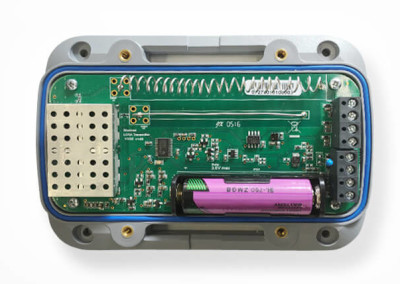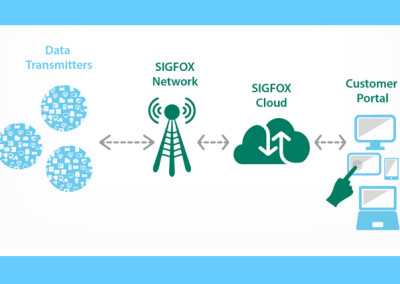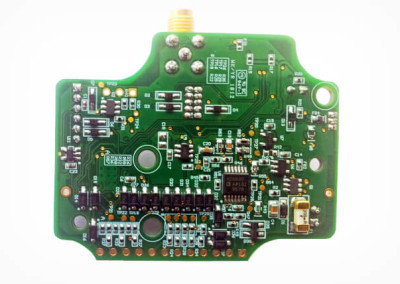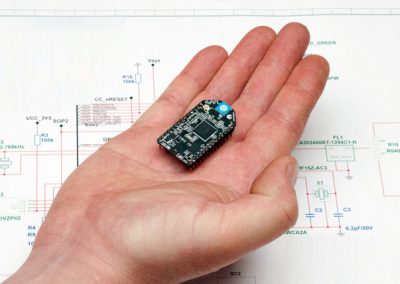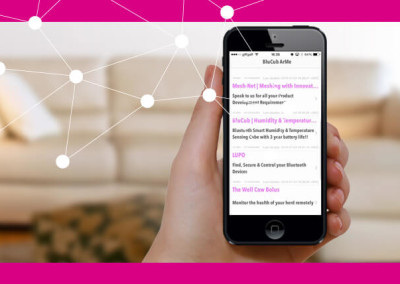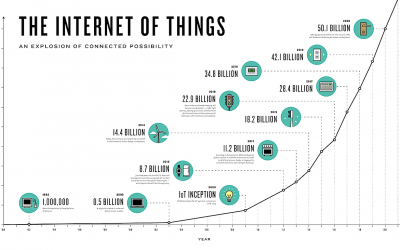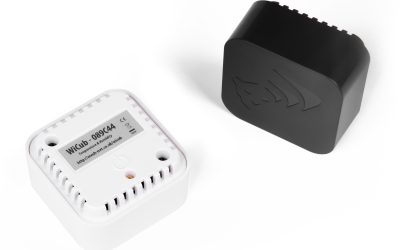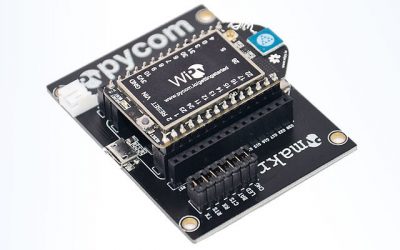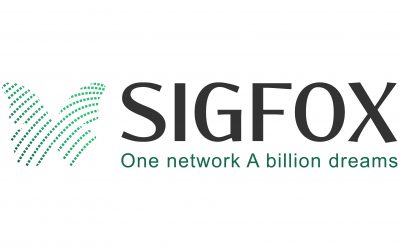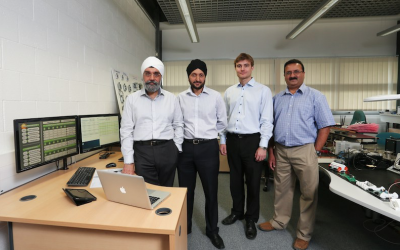A smart (or intelligent) street lighting system incorporates a network of street lamps that communicate with each other and provide consumption data to a local data concentrator. The data concentrator manages the network and collects the consumption data from the network. It then pass the data to the host system on a client server or a web based application.
A smart system also allows two way communications all the way down to the lamps so it allows facilities managers to control individual or clusters of lamps for maintenance purposes. Previously, lamp inspections were routinely carried out to manage burnt out lamps. The smart system provides data back to the service manager who can plan his workforce more effectively. Though the initial capitals cost are higher, the payback is easily justified with the energy saving and reduction in workforce management costs.
More recent smart systems also allow lamp dimming to manage the energy usage of the system. This could be set as a scheduled, weather or activity based task. A reduction in the energy usage has many additional benefits over and above the reduction in energy costs being paid by the councils. Some benefits include reduced maintenance costs, longer lamp life and most importantly a better service to the residents as faulty lamps would be detected automatically and fixed before being reported and scheduled. The energy savings will also release public funds into other areas. Figures like ‘saving 1500kWh reduces CO2 by 1 tonne’ have been quoted.
The main components of a smart lighting system include:
· The Street Lamp, equipped with a lighting ballast that can control the lamp dimming
· The Data Concentrator
· The Host System / Back Office System / Web Application
The Host System
There are many systems available ranging from local PC hosted systems to client based server systems to web based applications. The selection process is based entirely on client requirements and a selections process addressing current and future needs will need to be employed. The systems are capable of providing the required reports, workforce management, alarm management and network control. This is normally a large database system with services for data collection, control, report generation, workforce management and integration into other systems should it be required. The information collected by the host system can become the client biggest asset to predict and manage future management strategies.
The Data Concentrator
This is one of the most critical parts of the system as it is responsible for controlling many lamps and reporting back to the host system. A typical data concentrator could be controlling anything between 500-4000 lamps which could divided into smaller clusters based on location (for example per street).
The concentrator will generally have a GPRS/3G/4G based communication channel back to the host and the selected wireless technology for communications with the lamps. Being a wireless controller, it provides deployment flexibility and sometimes even placed on the lamp post with the Street Lamp controller.
It needs to be able to control the lamps even if it looses communications with the host. Therefore, it must hold the configuration and control strategy for the network in memory. In addition, it must be able to collect the data from the lamps and keep it in memory until such a time it can report it back.
The Street Lamp
The design of the street lamp controller is probably less critical to the system when compared to the data concentrator but very cost sensitive due to the high volumes and lower margins it is sold at. However, repeated failures in this could result in heavy losses for the maintenance company, hence reliability is important to them. The expected life span for this product is expected to be 25 years.
Most electronic dimming ballasts can be controlled by an analogue (0-10Vdc) or digital (DALI) interface. DALI is becoming more common on newer ballasts as it is also widely used in building management systems and the bus can be multi-dropped, hence only requiring a single controller to manage multiple lamps.
The Wireless Controller can reside either outside on inside the lamp housing. It communicates within its network and provides the necessary instructions to the ballast to control the lamp luminance. It has a wireless channel to communicate either directly back to the data concentrator or to another lamp and ‘hop’ its message back to the concentrator. It has limited intelligence but does need to have ‘fail-safe’ strategies built in, in case of data concentrator failure. The simplest strategy employed is normally ‘Turn-ON’ in case of communications failure. At least in this way, the street is safe. More intelligent strategies are also employed including, backup photo sensor, recording previous activity, etc.
The Wireless Communications Technology
Selection of the wireless technology is the responsibility of the designers based on the system design criteria and target market. If the market is localised to a single or selection of countries, the regulations for ‘licensed’ or ‘non-licensed’ frequencies will need to be investigated.
In the UK and Europe, the 868Mhz band is accepted. Duty cycle restrictions apply and this has to be managed with the design. For a worldwide market, the 2.4Ghz band could be considered. The pros and cons of frequency selection will be a discussion for another paper.
Protocol design is most critical as it provides the reliability in the communications and network traffic. Older systems used to have custom communications strategies built from concept. These generally have a higher development cost but have the advantage of designing exactly what you want. For a more flexible approach IEEE 802.15.4 specification can be utilised. Most know this as Zigbee due to its popularity. However a number of other protocols are also available, including: 6LoWPAN, Z-Wave, RF4CE and many others. Again, the selection of the protocol is not being discussed in this paper.
Other Interfaces
One of a major advantage of deploying wireless technology between street lamps and the data concentrator is the ability to bring in additional sensors into the network to support reliability and control based on new strategies. These can include MEMS sensor for detecting damaged lamp posts, traffic activity monitors, weather activity, light levels, and may others.
About Mesh-Net
Mesh-Net engineers have been involved in design of Intelligent Street Lighting system components for over 12 years and developed systems from initial concepts to manufacturing. Our experience allows us to work with clients on the system design, selection process and design from conception to deployment. We are always aware of new developments and future technologies to provide the clients with the confidence on their return on investment (ROI).
Inder Panesar
Recent Projects
What is the Internet of Things (IoT) ?
The Internet of Things (IoT) provides devices with the ability to transfer sensor data on the Internet without requiring intervention. The name has evolved from the convergence of wireless technologies and the Internet. Many M2M companies have been providing sensors...
WiCub – WiFi IoT Sensor
What is WiCub? WiCub is a small battery powered device that measures temperature and humidity, saves the readings and emails them to the user at the end of the day. If at anytime, the readings get out of the specified bands, an immediate email will be sent. Very...
Getting started with WiPy 1.0
WiPy is a nifty little Wi-Fi enabled module that is great for creating IoT applications using MicroPython. I have been experimenting with WiPy and want to show you how quickly this device can be setup for sending an e-mail using Gmail as well as synchronising its...
Sigfox IoT Solution
A major player in the IoT ecosystem is Sigfox. The network infrastructure started in France and is now in over 23 countries and expanding. Much of the business related information is available on the business forums. The purpose of this paper is to provide a high...
New website launched
We’ve been busy working on our new website over the past couple of months and we’re delighted with the results. Our aim was to create a fresh new ‘look and feel’ which supports our core services and provides a showcase for our completed projects and industry case...
Mesh-Net’s web app monitors up to 100,000 solar energy installations
Working in collaboration with Oxford Innovation and CEME Innovation Centre, press releases were written for three different industry sectors and generated some great PR for Mesh-Net, including this piece about our solar energy monitor mobile app on World of...


